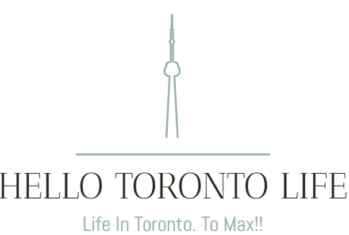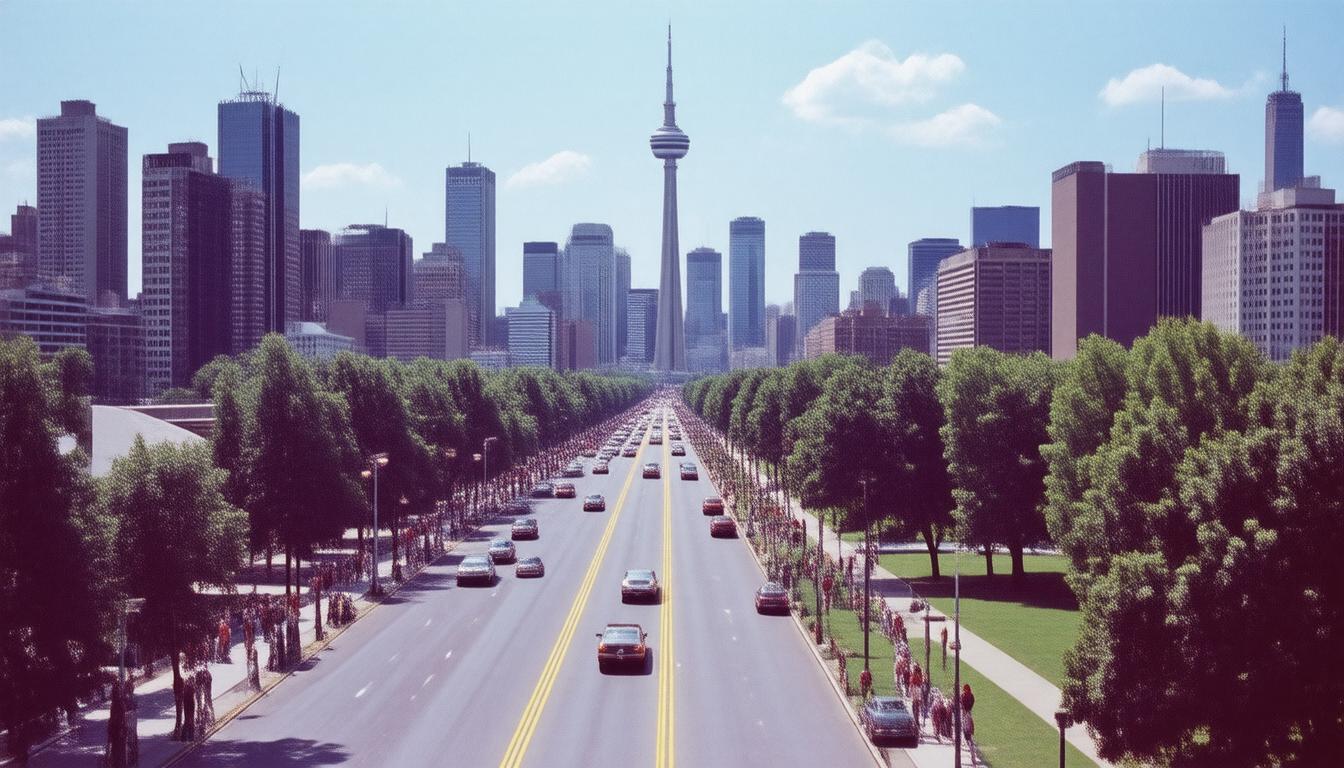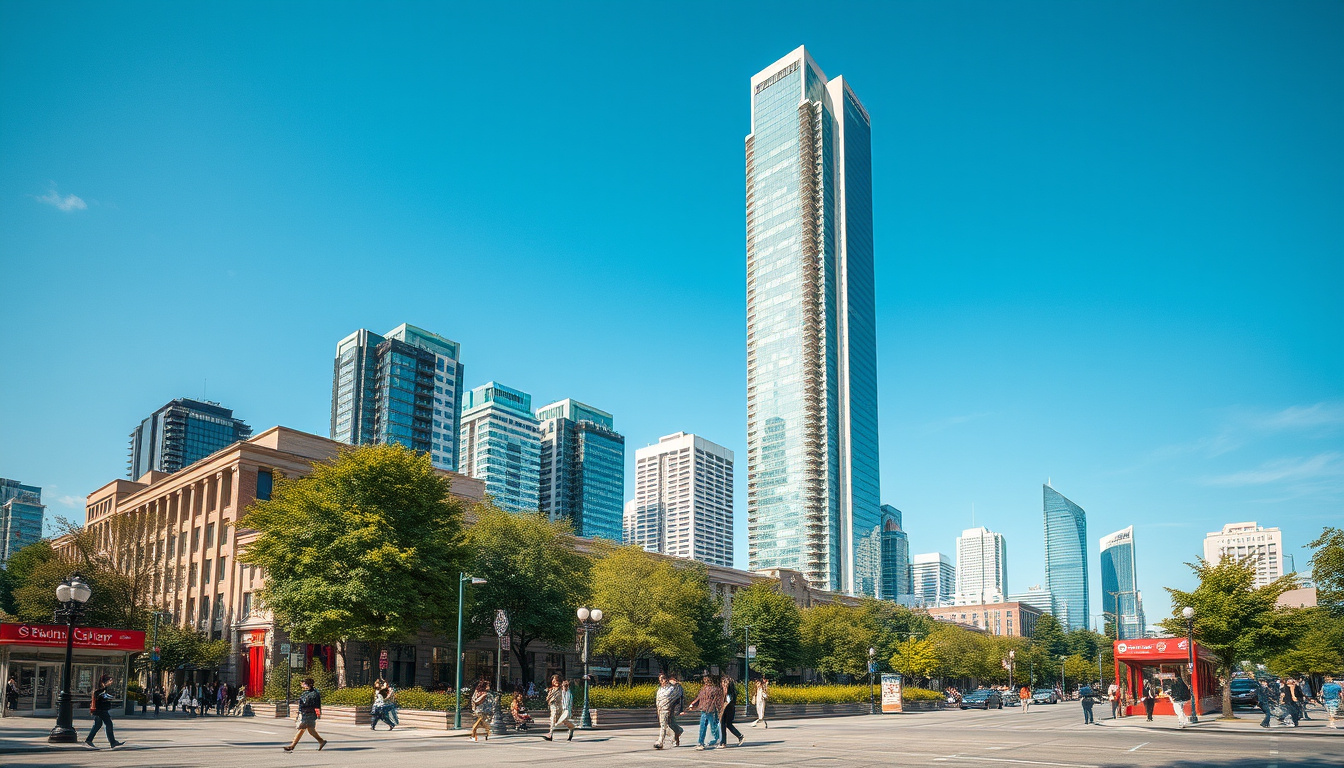Toronto has officially crossed a remarkable milestone, with its population now exceeding 7 million as of January 2024, according to the latest statistics from Statistics Canada. This growth surge is attributed largely to the influx of immigrants, which continues to shape the city’s vibrant multicultural landscape. From 2019 to 2024, the Greater Toronto Area (GTA) ballooned from
6.4 million to a staggering
7.1 million residents—a gain of over 680,000 individuals in just five years. With 250,000 new residents added between 2022 and 2023 alone, this demographic transformation poses both exciting opportunities and significant challenges for Canada’s urban future.
Key Takeaways
- Toronto’s population has surged past 7 million, driven largely by immigration.
- The rapid population growth poses significant challenges for urban infrastructure management.
- Tightened immigration policies could slow down future population growth in the Toronto area.
Impact of Population Growth on Urban Infrastructure
The recent population surge in the Toronto Census Metropolitan Area (CMA), which now surpasses 7 million residents, is a compelling testament to the vibrancy and appeal of urban centers in Canada. According to a report from Statistics Canada, the area’s population reached 7,106,379 as of January 2024, marking a substantial increase from approximately
6.4 million in 2019, despite a brief decline in
2020. This growth trajectory has seen the population swell by over 250,000 from 2022 to 2023, driven primarily by a surge in immigration; nearly 500,000 newcomers made their way to Canada in 2023, with around 213,000 settling in the Toronto region alone. However, this rapid expansion raises critical questions regarding the adequacy of urban infrastructure to meet the needs of an increasing population. As the CMAs of Toronto, York, Peel, and parts of Halton showcase their growing diversity and opportunities, the city must confront challenges such as traffic congestion, housing shortages, and strains on public services. Compounded by recent immigration policy tightening—reducing targets by about 20% and imposing restrictions on international students’ work permits—the future pace of growth may soon decelerate. Thus, it becomes imperative for city planners and policymakers to strategize and invest in robust infrastructure development to sustain Toronto’s burgeoning population, ensuring that the city remains an attractive and livable environment in the face of demographic changes.
Challenges and Opportunities in Managing Urban Expansion
A critical aspect of managing urban expansion lies in balancing growth with sustainable development. The influx of over 250,000 people within a single year presents both opportunities and challenges for the Toronto CMA. On one hand, this diversity fuels economic growth, drives innovation, and enriches the cultural fabric of the city. Conversely, it poses significant strains on existing infrastructure, including transportation networks, housing availability, and essential public services such as healthcare and education. Urban planners are increasingly required to devise comprehensive strategies that not only address immediate needs but also anticipate future demands, ensuring that new housing developments, transit upgrades, and community resources are adequately prioritized. Moreover, enhancing public transportation systems and increasing the availability of affordable housing are essential measures that can foster a more inclusive urban environment. By addressing these challenges head-on, Toronto can transform the hurdles of rapid urban expansion into opportunities for sustainable growth and enhanced quality of life for its residents.






